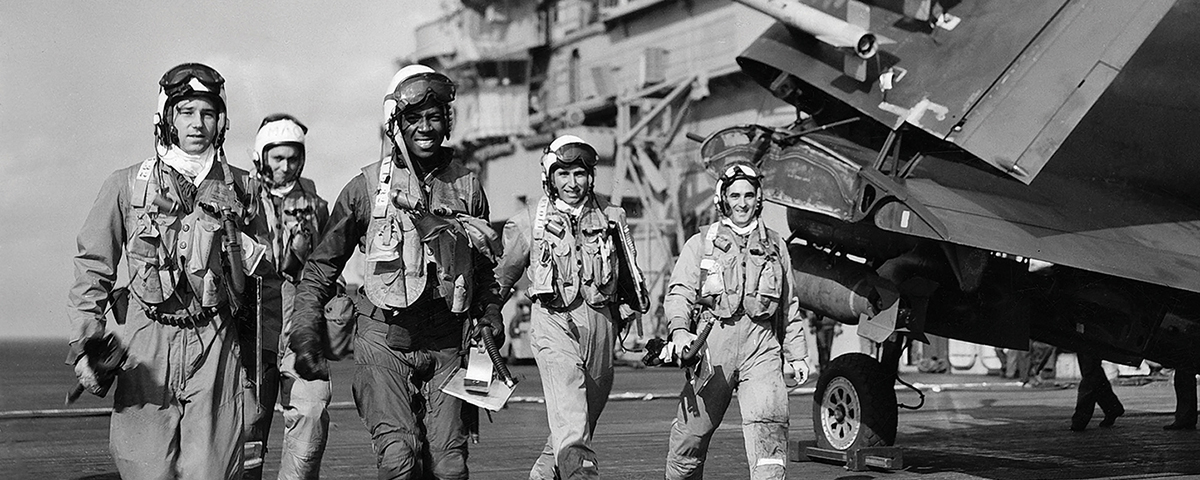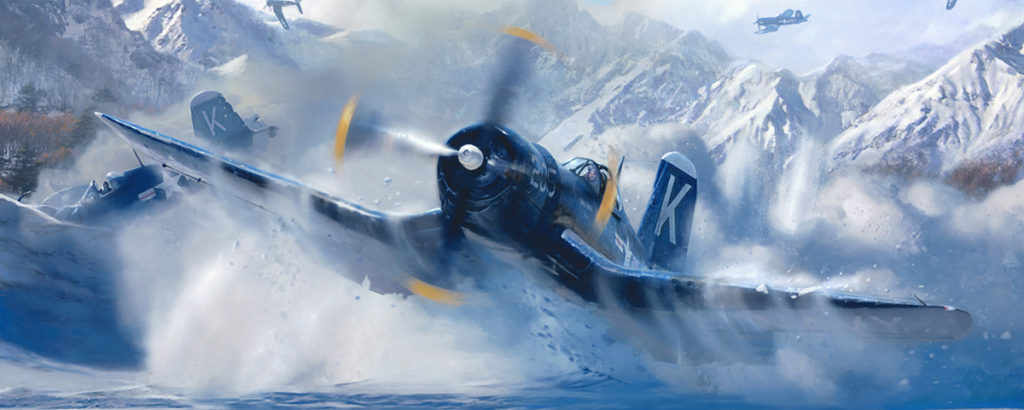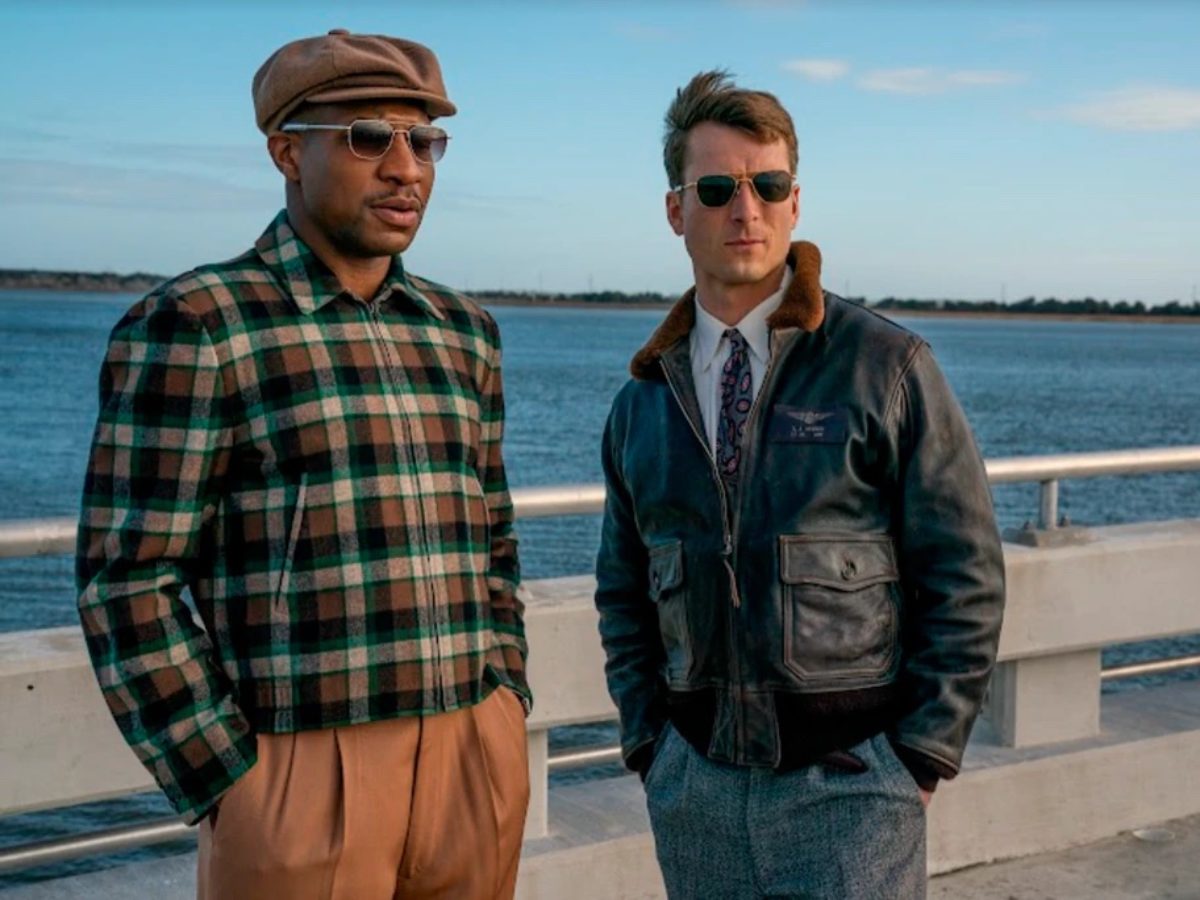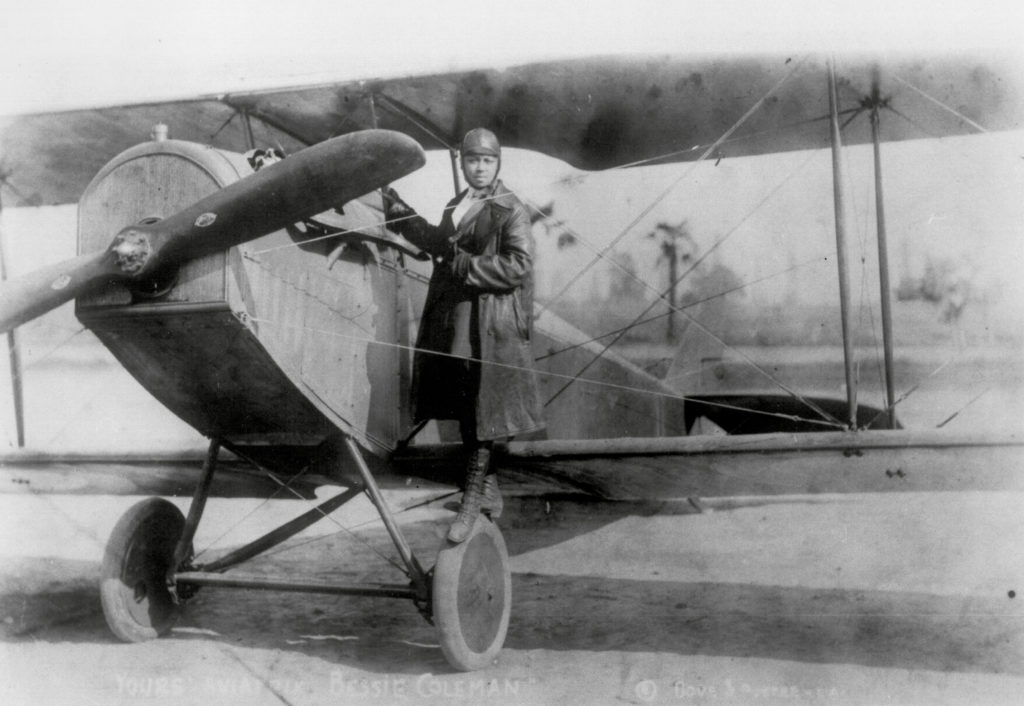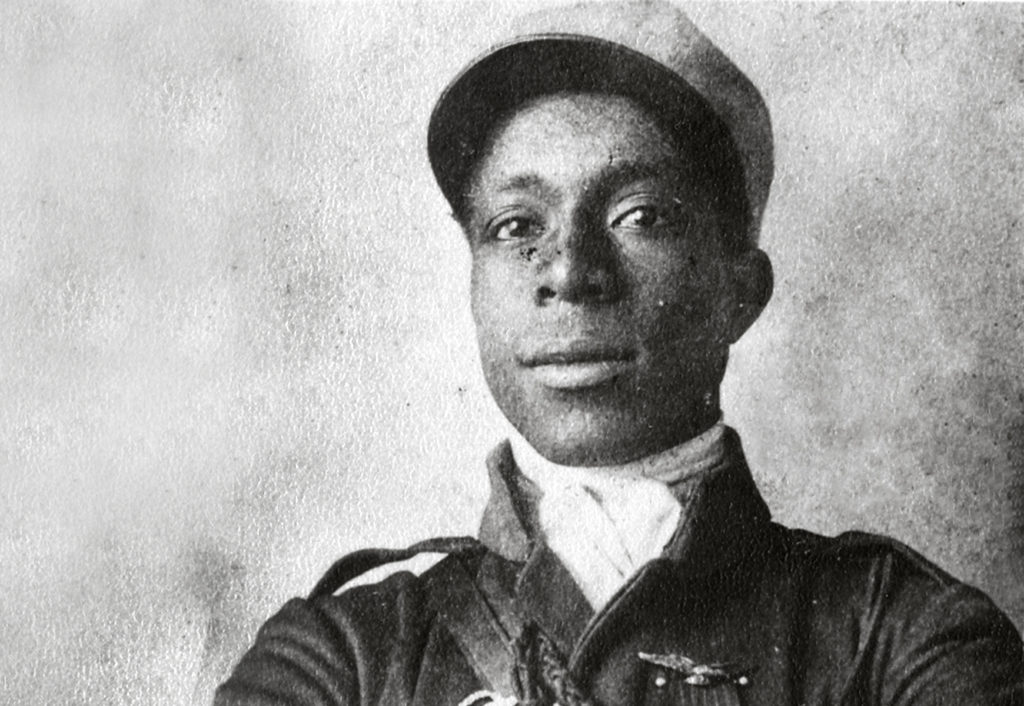Jesse Leroy Brown set his sights on flying when he was just a youngster working in Mississippi’s corn and cotton fields. Growing up as the son of a sharecropper, whenever he spotted an airplane overhead, young Jesse would declare that someday he was going to be a pilot. His family always laughed good-naturedly at what they thought of as a joke. But this gifted student and athlete made good his promise soon after World War II ended, becoming the U.S. Navy’s first Black flier.
Recommended for you
Brown was born in Hattiesburg, Miss., on October 13, 1926. While attending Eureka High School, he made a name for himself as a runner and long jumper. He was also the top math student in his junior class. When he graduated in 1944, he chose to attend a predominantly white college rather than Hampton or Howard as his counselors had suggested. Warned of the prejudice he would encounter, Jesse explained that he wanted to study architectural engineering at Ohio State—and he didn’t plan to let any such obstacles get in his way.
That fall, he became the only Black student enrolled in the university’s College of Engineering. To make ends meet, he had to work part-time as a janitor at a department store and also load boxcars during the night shift for the Pennsylvania Railroad.
Jesse hadn’t forgotten his dream of flying. When he saw a poster announcing a new Navy flight training program called V-5, he rushed to the recruiting office and asked to be admitted into the program. The somewhat stunned recruiting officer, a Lieutenant Dawkins, told him that he wouldn’t be able to pass the written exam, adding that even if he did, there was no way Jesse would ever get to sit in a Navy cockpit since there had never been a Black Navy aviator. Brown responded that he would like to be the first. Eventually, the recruiter ran out of excuses and let him take the exam—actually several written tests. The young man from Mississippi passed them all with flying colors, also acing the physical.
In 1947, Midshipman Brown became the first Black man accepted into Navy flight school. Next came Selective Flight Training at the naval air station in Glenview, Ill., where he had to prove he could fly or be washed out.
Upon Jesse’s arrival, his roommate stuck out his hand, smiled and did not appear uncomfortable, but other midshipmen were considerably less cordial. Some classmates relentlessly harassed him, using every cruel tactic they could imagine to force him to resign. Even the Black stewards in the mess hall were offended by his presence. On weekends, when other midshipmen spent time with their parents or girlfriends, Brown generally remained in his room.
Jesse was nervous when he first reported to Lt. j.g. Roland Christensen in the ready room, but Christensen welcomed him, saying: “You’ll be flying with me while you’re here. Just relax and concentrate on doing the job.”
His first flight in a Stearman biplane apparently went well. Brown spent an hour doing maneuvers and thought he was in heaven. He went on to complete the selection process by soloing, and 10 days later reported for preflight training in Iowa.
During the next 16 weeks at Naval Air Station Ottumwa, the instructors did their best to weed out cadets who did not measure up to Navy standards. In June 1947, 36 of 66 midshipmen in Brown’s class graduated from preflight. Jesse was among the group flown to Naval Air Station Pensacola, Fla., to begin flight training. On October 1, he took his first flight in a North American SNJ.
Three days later, Brown made a brash move that could have ended his dream of flight: He got married. At the time, Navy regulations stated that an aviation cadet must remain single until graduation or be dropped from the program. But Jesse, no longer able to stand being away from his longtime girlfriend, Daisy, rushed home on Saturday and exchanged vows with her the next day. He was back in the cockpit on Monday morning.
The final test all the cadets had to pass in Pensacola was to land on an aircraft carrier. Brown’s five “traps” were flawless. On October 21, 1948, eight days after he turned 22, Ensign Brown was designated a naval aviator, becoming the first Black man to wear wings of gold.
Jesse was subsequently assigned to fighter squadron VF-32 aboard the light carrier Wright (CVL-49). In October 1950, his squadron transferred to the fleet carrier Leyte (CV-32), which joined Fast Carrier Task Force 77, on its way to assist United Nations forces in Korea. Now a section leader, Brown flew a Vought F4U-4 Corsair, providing air support for allied ground troops.
On December 4, 1950, Jesse’s section headed for the Chosin Reservoir to support the embattled U.N. troops there. No targets were available, but a Chinese anti-aircraft gunner apparently got lucky.
“I think I may have been hit,” Brown announced over the radio. “I’ve lost my oil pressure.” He guided his crippled Corsair down, pancaking onto the side of a mountain. The fuselage buckled at the cockpit, and the instrument panel slammed into his right leg, trapping him.
Squadron Commander Lt. j.g. Thomas J. Hudner Jr., who had followed him down, realized something was wrong when Brown didn’t climb out of the cockpit. Hudner then made a move that could have earned him a court-martial, belly-landing his own plane about 100 yards from the downed Corsair.
Struggling valiantly to extricate his squadron mate, Hudner quickly realized it was impossible to pull him out of the cockpit. He radioed for a rescue helicopter, but by that time Brown was fading fast from loss of blood and the frigid temperatures on the mountain.
He looked at Hudner and said, “Tell Daisy how much I love her.”
“I will,” replied the lieutenant, who watched as Jesse’s head slumped onto his chest.
When the chopper arrived, Hudner and the pilot again tried to free Brown’s now-limp body from the Corsair, to no avail. Hudner’s return to the carrier was met with shock among the crew. Leyte’s skipper, Captain Thomas U. Sisson, discussed sending a team to recover Brown’s body, but everyone agreed it was impractical due to the proximity of enemy troops. Sisson then decided to give Jesse a “warrior’s funeral.”
Seven fighters loaded with napalm took off from the carrier and flew to the crash site. They made a wide circle, then draped Jesse’s Corsair with a shroud of flames. After rocking their wings in a final salute, they sped away from the glowing funeral pyre.
Far from being court-martialed, Hudner received the first Navy Medal of Honor of the Korean War for his efforts to save Brown (who was awarded a posthumous Distinguished Flying Cross). Daisy Brown and her daughter Pamela were on hand at the White House when President Harry Truman made the presentation. In March 1972, the Navy launched USS Jesse L. Brown (DE-1089), the first U.S. Navy vessel named for an African American aviator.
GET HISTORY’S GREATEST TALES—RIGHT IN YOUR INBOX
Subscribe to our HistoryNet Now! newsletter for the best of the past, delivered every Wednesday.

